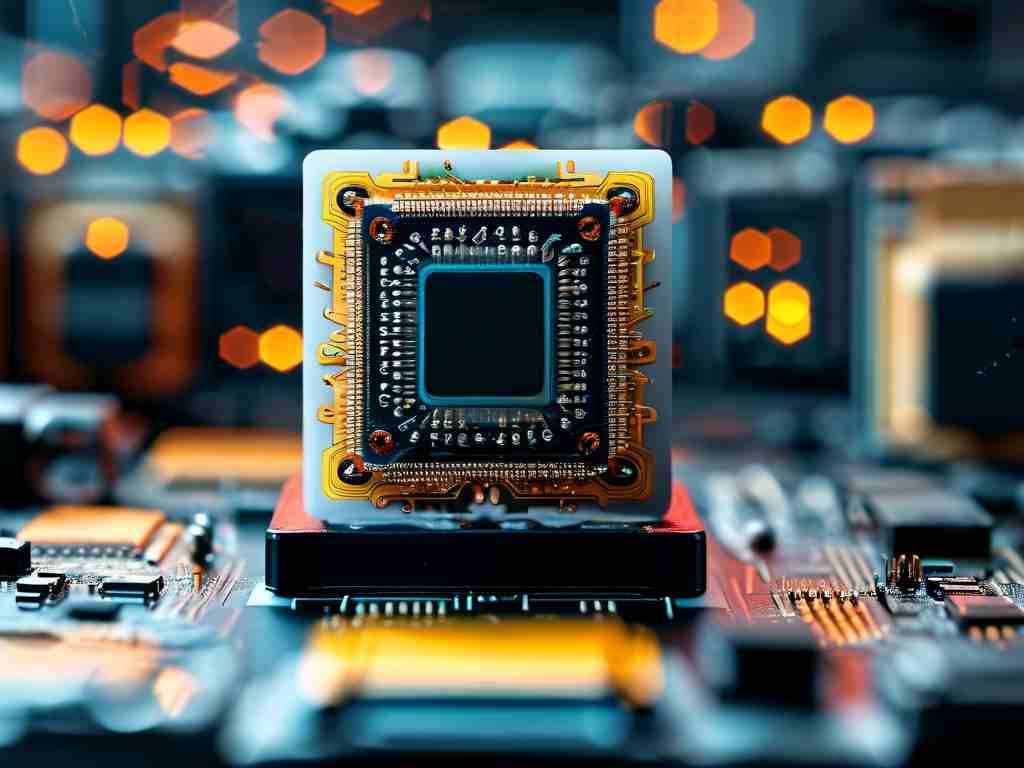When your computer displays persistent "memory full" alerts, it signals critical storage limitations requiring immediate attention. This comprehensive guide explores practical solutions while explaining the technical mechanisms behind memory allocation issues.

Modern operating systems employ virtual memory management that combines physical RAM and disk-based swap files. When active processes exceed available RAM capacity, systems automatically create temporary paging files. However, excessive reliance on virtual memory triggers performance degradation and warning messages.
For immediate memory relief, begin by auditing active processes through your operating system's task manager. Windows users should press Ctrl+Shift+Esc to view memory consumption per application, while macOS enthusiasts can utilize Activity Monitor (Finder > Applications > Utilities). Identify non-essential programs consuming over 15% memory resources – particularly web browsers with multiple tabs, background updaters, and abandoned applications.
Consider this PowerShell command for Windows users to identify memory-hungry processes:
Get-Process | Sort-Object -Property WS -Descending | Select-Object -First 10
This script reveals the top 10 memory-consuming applications, helping prioritize closure targets.
Persistent memory shortages often stem from accumulated system cache. Both Windows and macOS automatically store temporary files to accelerate operations, but these caches rarely purge completely. Manual cleaning proves essential:
-
Windows:
cleanmgr /sageset:65535 & cleanmgr /sagerun:65535
This advanced Disk Cleanup command removes system-restored files, temporary installations, and error reports.
-
macOS:
sudo rm -rf ~/Library/Caches/*
Execute this terminal command after creating backups, as it purges user-level cached data.
Virtual memory expansion offers temporary relief. Windows users can adjust paging file size through System Properties > Advanced > Performance Settings. Allocate minimum 1.5x and maximum 3x your physical RAM capacity. For example, 8GB RAM users should set 12GB-24GB virtual memory.
macOS handles swap files automatically, but users can force memory reallocation using:
sudo purge
This terminal command clears inactive memory, though effects are temporary.
Persistent memory warnings indicate need for hardware upgrades. Before purchasing RAM modules, verify:
- Motherboard compatibility (DDR3/DDR4/DDR5)
- Maximum supported capacity
- Channel configuration requirements
Cloud-based memory optimization tools like Wise Memory Optimizer or Memory Cleaner X provide automated solutions. These applications intelligently compress inactive memory pages and manage background processes, though excessive automation may cause system instability.
Developers encountering memory errors should audit code for leaks. For Python programmers, the objgraph library helps visualize object references:
import objgraph objgraph.show_most_common_types(limit=10)
Java developers can utilize VisualVM with this startup parameter:
-javaagent:/path/to/visualvm/lib/profiler.jar
Preventive maintenance proves crucial for long-term memory health. Schedule monthly tasks:
- Update device drivers
- Scan for memory-intensive startup programs
- Audit browser extensions
- Clear download directories
- Rotate system restore points
Advanced users can modify registry settings (Windows) or plist files (macOS) to optimize memory allocation, though improper edits may cause system failures. Always create restore points before making registry changes:
Windows Registry Editor Version 5.00 [HKEY_LOCAL_MACHINE\SYSTEM\CurrentControlSet\Control\Session Manager\Memory Management] "DisablePagingExecutive"=dword:00000001
This registry tweak keeps critical drivers in physical memory, reducing paging file usage.
For enterprise environments, consider deploying memory monitoring solutions like Nagios or Zabbix. These platforms provide real-time analytics and predictive failure alerts, with customizable thresholds for different user groups.
When all software solutions prove insufficient, hardware upgrades become inevitable. Modern DDR5 modules offer significant performance boosts over previous generations, with 4800MHz base speeds compared to DDR4's 2133MHz. However, ensure CPU and motherboard compatibility before purchasing new RAM.
Memory optimization remains an ongoing process rather than one-time fix. By combining immediate cleanup actions, system tweaks, and strategic hardware improvements, users can maintain optimal memory performance and eliminate frustrating capacity warnings permanently.









